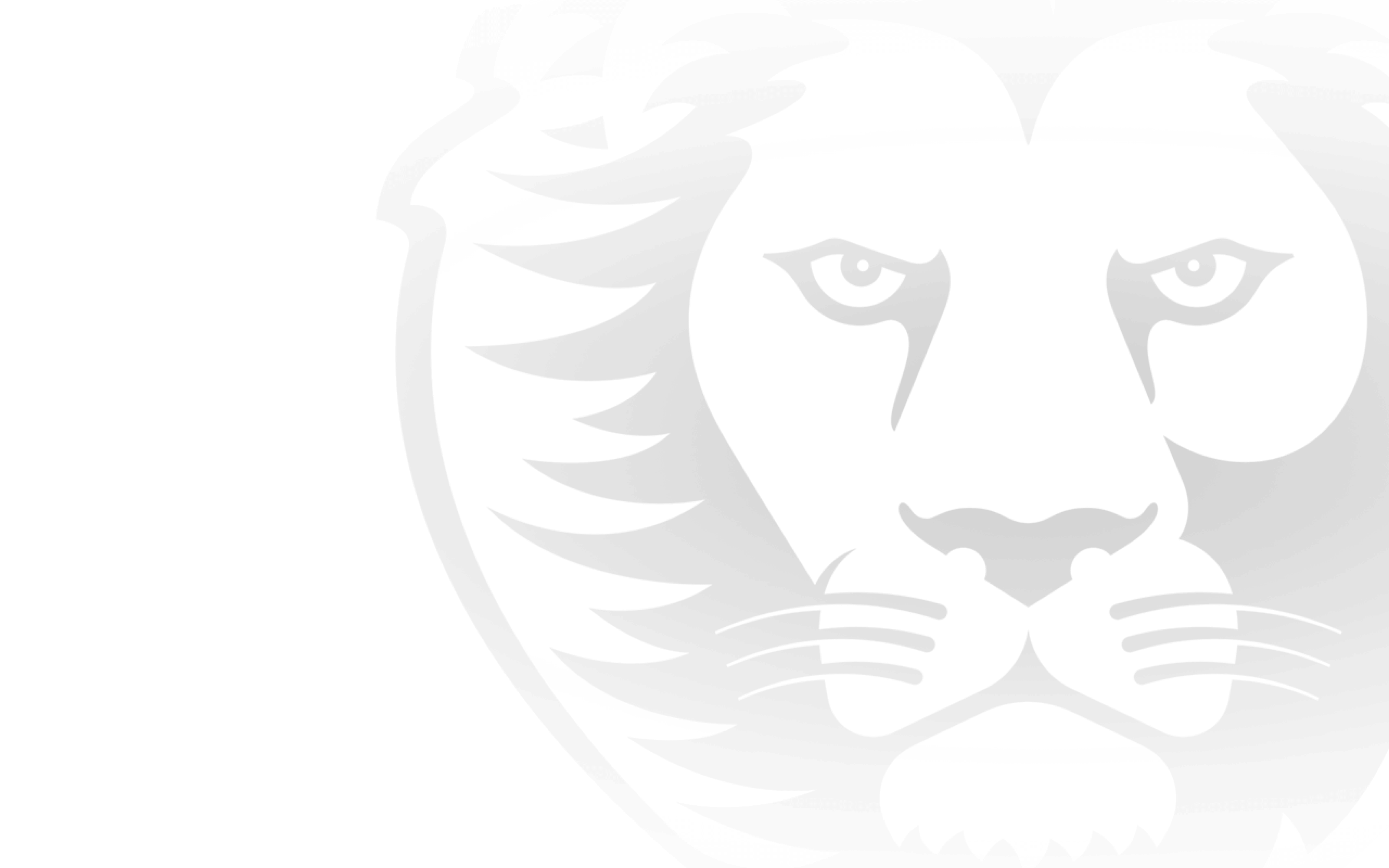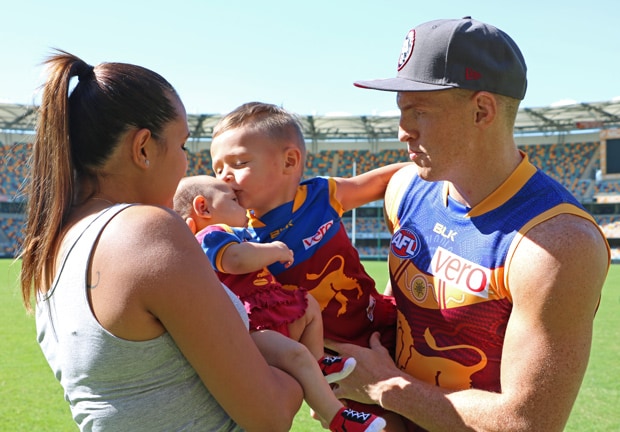Ask any history buff and they’ll tell you that Sir Doug Nicholls played a key role in shaping not only the Fitzroy Football Club, but also the entire VFL competition and Australian sport in general.
However, his story remains relatively untold across the latest generation of Lions supporters.
Admittedly, what Nicholls was able to accomplish later in life far outweighed anything he achieved on the football field – but that by no means lessens the considerable impact he made at Fitzroy.
He might have passed away more than 25 years ago, but remains to this day one of the most revered of all Indigenous Australians.
As Chris Donald wrote in Fitzroy: For the Love of the Jumper (2005): “Nicholls was a great pioneer for the Aboriginal people, his sporting ability opened many doors for him in an era where opportunities for Aboriginals were very scarce.”
Despite standing at just 155cm (that’s almost 20cm shorter than current Lion Dayne Zorko), Nicholls was lightning fast and always showed great sporting promise.
“I was quick on my feet and quick of eye. I got it from my ancestors. They needed it to get out of trouble,” Nicholls was quoted as saying in a book titled Black Stars.
He first decided to try his hand at Australian Rules with Tongala in the Goulburn Valley Football League in 1925, and even trained at Carlton for a short period, before settling with Northcote in the VFA.
Before long, his obvious athletic abilities caught the eye of Fitzroy’s recruiters, and he was subsequently invited to join the Club in 1932.
In Fields of Courage: The Bravest Chapters in Sport (2011), Max Davidson claimed that “when Fitzroy signed him…the club was taking a calculated gamble (but) in terms of racial tolerance, the Roys had a better track record than other VFL clubs.”
The book also went on to tell the story of how three-time Brownlow Medallist and Lions Legend Haydn Bunton quickly became “good mates” with Nicholls and was “far ahead of his time” in helping break down the race barrier.
The story goes that Nicholls would change alone in the corner of the Brunswick Street Oval’s dressing room away from his teammates, until Bunton – a genuine star of the competition who was fresh from winning the Brownlow Medal in his first season – made a point of joining him and stood by his side for the remainder of his career.
“When (Haydn Bunton) came into the Fitzroy dressing room at the start of the 1932 season, and saw his new teammate, a mass of nerves, he simply went across to Doug Nicholls, put his bag down next to his and gave him a little squeeze, as if to say, everything is going to be all right,” Davidson wrote.
“Haydn Bunton was colour blind in the finest sense.”
Davidson also referenced Ken Mansell’s song The Ballad of Haydn Bunton to highlight how the Fitzroy Legend embraced Nicholls:
In the gloomy, hungry Thirties,
When Fitzroy folk were low,
A touch of Bunton magic
Could set all hearts aglow.
When Pastor Douglas Nicholls,
Was meek and scared and shy,
He found a mate in Bunton,
A man before his time.
Nicholls made his senior VFL debut with Fitzroy in Round 1 of 1932 at the Brunswick Street Oval against Carlton – coincidentally the same side he’d earlier trained with.
He managed just two further senior games in a debut season ravaged by injury, before becoming a permanent fixture in the side the following year.
Nicholls went on to represent the VFL in a match against the VFA in 1934, won the J.C Blair Cup as the best afield in a match against Melbourne, and twice represented Victoria in the State of Origin carnival.
He reached his 50th game in Round 13 of 1936, but the following season proved his last after a bout of influenza limited him to just the one senior game.
The Nicholls legend only grew following his retirement from football in 1937.
A proud Christian who would often organise football church parades, he went on serve as a social worker in the Fitzroy Aboriginal Community before becoming Pastor of the first Aboriginal Church of Christ in Australia.
His outstanding service was later recognised when he became the first Aboriginal to receive an MBE in 1957 and the first to receive knighthood in 1972.
Among other honours, he also was named Father of the Year in 1962, was the first Aboriginal Justice of the Peace in 1963, was made King of Moomba in 1973, and spent a year as Governor of South Australia from 1976-77.
In his 81 years (he passed on 4 June 1988), made an indelible impact that extended far beyond his playing days at Fitzroy.
He truly was one of the great pioneers of the Indigenous community.
(Emma MacNeill with children Charlie, Chance and Fiancée Mitch Robinson, who's wearing the 2016 Indigenous Jumper designed by Emma)
This week we will wear the 2016 Indigenous Guernsey designed by Emma MacNeill (Mitch Robinson's fiancée). This jumper is dedicated to Sir Doug Nicholls, and will be worn in this weekend's match against Hawthorn at the Gabba. This jumper can be purchased at the Lions shop, and all match worn jumpers will be auctioned off after the first bounce of the game.
AFL.com.au is this week also releasing a five part series called Sir Doug – The Story of Legend. The full film will be published on their site from next Saturday, May 28.




